University of Pittsburgh’s Gelsy Torres-Oviedo receives an $805K NSF CAREER Award for a novel approa

news, journals and articles from all over the world.

University of Pittsburgh’s Gelsy Torres-Oviedo receives an $805K NSF CAREER Award for a novel approa
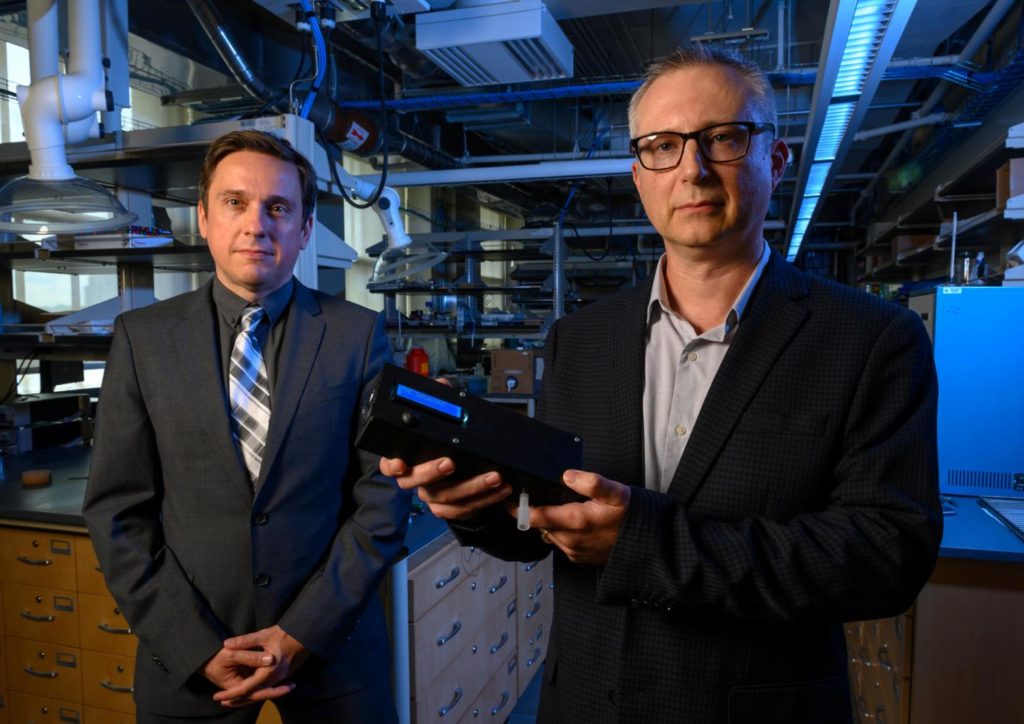
PITTSBURGH (Aug. 27, 2019) — As recreational marijuana legalization becomes more widespread throughout the U.S., so has concern about what that means for enforcing DUI laws. Unlike a breathalyzer used to detect alcohol, police do not have a device that…

Pitt and Northwestern awarded $2 million by NSF to study nature-based strategies to prevent urban fl

University of Pittsburgh’s Gelsy Torres-Oviedo receives an $805K NSF CAREER Award for a novel approa
PROVIDENCE, R.I. [Brown University] — Brown University researchers have developed a simple method for isolating placental cells from cervical swabs. The technique, described in the journal Scientific Reports , could aid in developing less invasive ways of diagnosing genetic disorders…
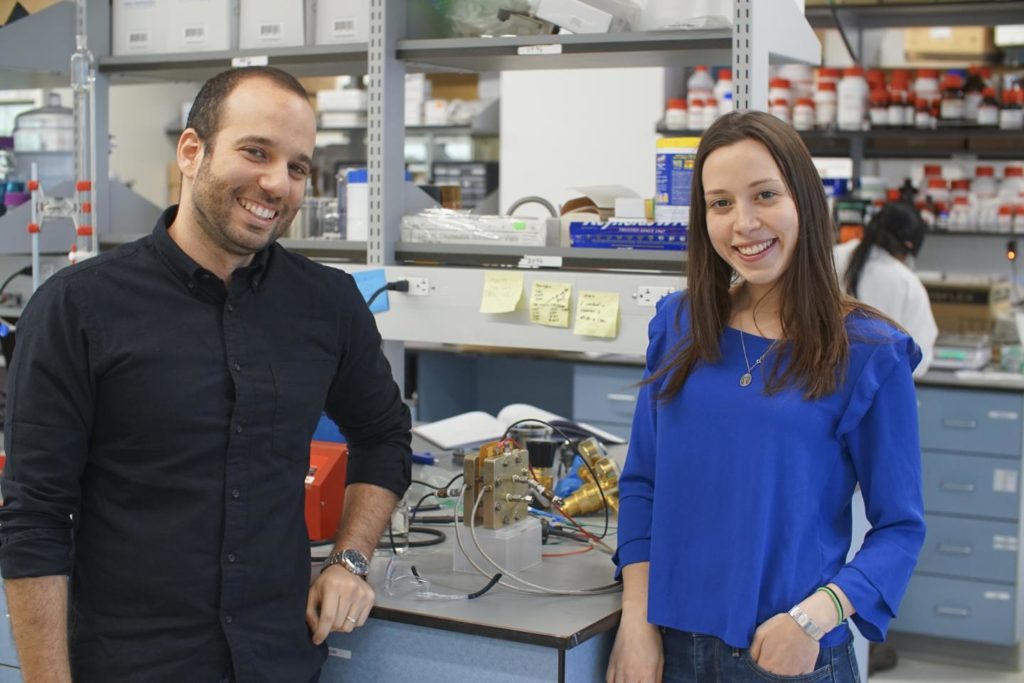
NYU Tandon School of Engineering team discovers sweet spot in electrochemical production of nylon’s

Hope has been restored for the rechargeable lithium metal battery – a potential battery powerhouse relegated for decades to the laboratory by its short life expectancy and occasional fiery demise while its rechargeable sibling, the lithium-ion battery, now rakes in…
Researchers have found that changing the mechanical properties of individual cells disrupts their ability to remain stable, profoundly affecting their health and the health of the tissue that comprises them. In the September issue of the journal Current Biology ,…
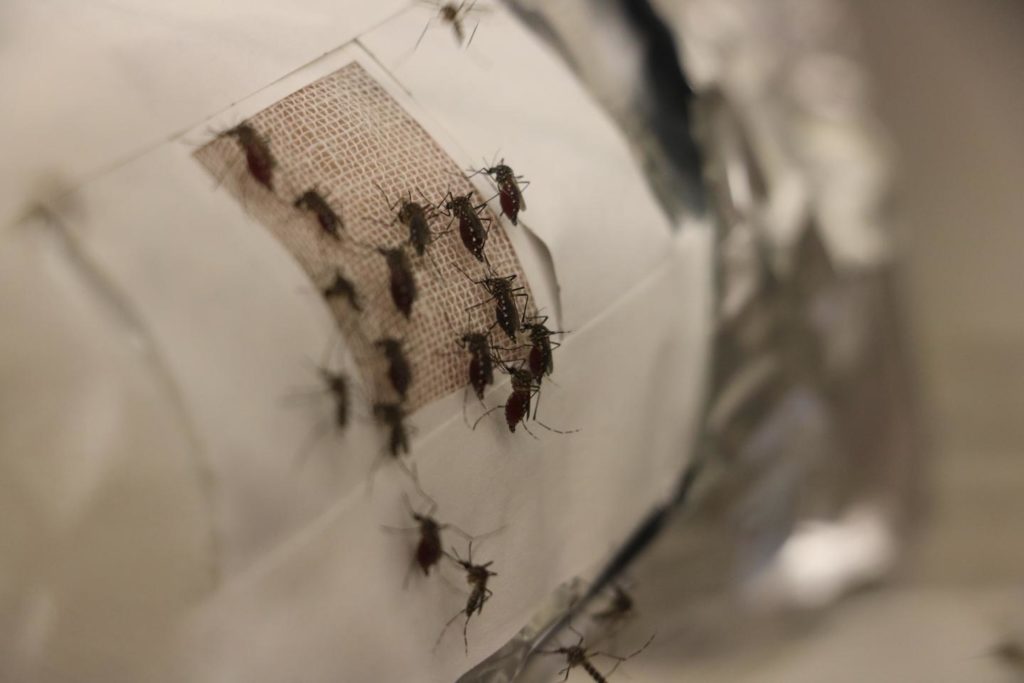
PROVIDENCE, R.I. [Brown University] — The nanomaterial graphene has received significant attention for its potential uses in everything from solar cells to tennis rackets. But a new study by Brown University researchers finds a surprising new use for the material:…

Therapy invented at Rice University excels in pilot clinical trials

Japanese scientists at Tokyo University of Agriculture and Technology (TUAT) have found that for stroke patients, observing their own hand movements in a video-assisted therapy – as opposed to someone else’s hand – could enhance brain activity and speed up…
The need to process wastewater in high volumes calls for innovative solutions to remove pollutants;
Tissue engineers create artificial organs and tissues that can be used to develop and test new drugs, repair damaged tissue and even replace entire organs in the human body. However, current fabrication methods limit their ability to produce free-form shapes…

Research by UMass Amherst food scientists compared effects of fresh and thermally processed oil
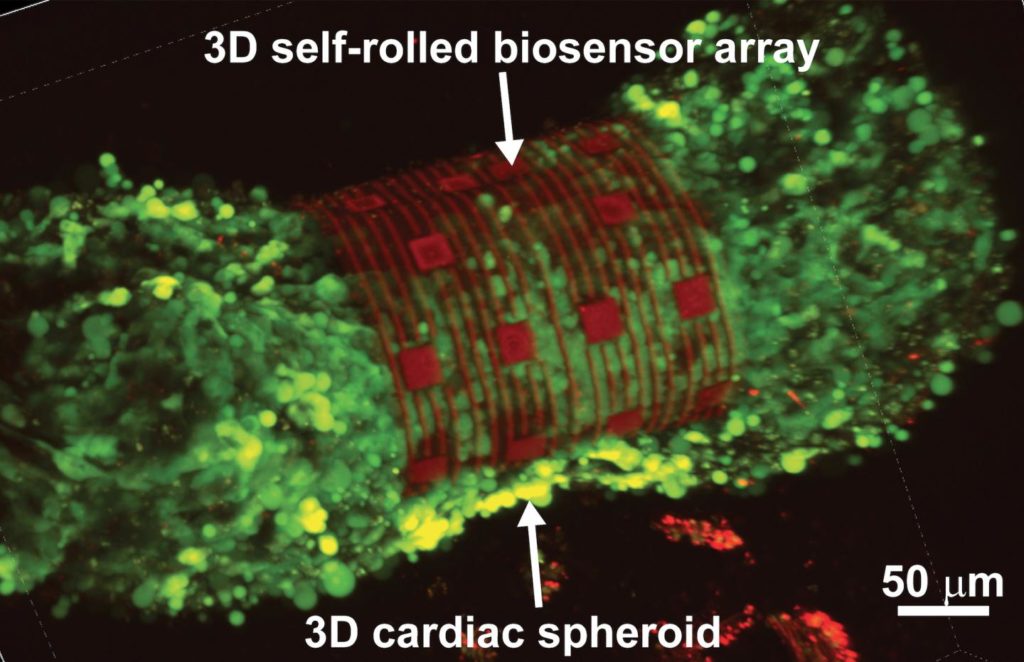
Designing self-rolling 3D sensors that wrap around heart cell spheroids

Cooking organic aerosol (COA) is one of the most important primary sources of pollution in urban environments. There is growing evidence that exposure to cooking oil fumes is linked to lung cancer. Currently, the most effective method to identify and…
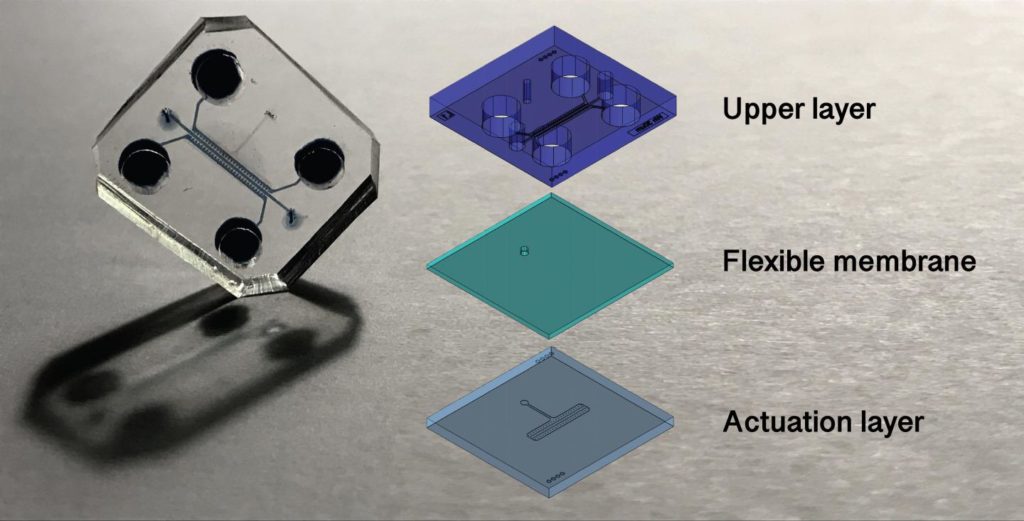
The study, published in Nature Biomedical Engineering, is led by the Politecnico di Milano alongside

Japanese scientists at Tokyo University of Agriculture and Technology (TUAT) have found that for stroke patients, observing their own hand movements in a video-assisted therapy – as opposed to someone else’s hand – could enhance brain activity and speed up…
A single human cell contains thousands of proteins that perform a vast array of functions, from fighting off viruses to transcribing DNA. By understanding the structure of these proteins, researchers can interpret their functions and develop methods for turning them…
DDX6 among a growing list of genes identified by TGen’s Center for Rare Childhood Disorders

Both types of oil and gas production activities inject water underground
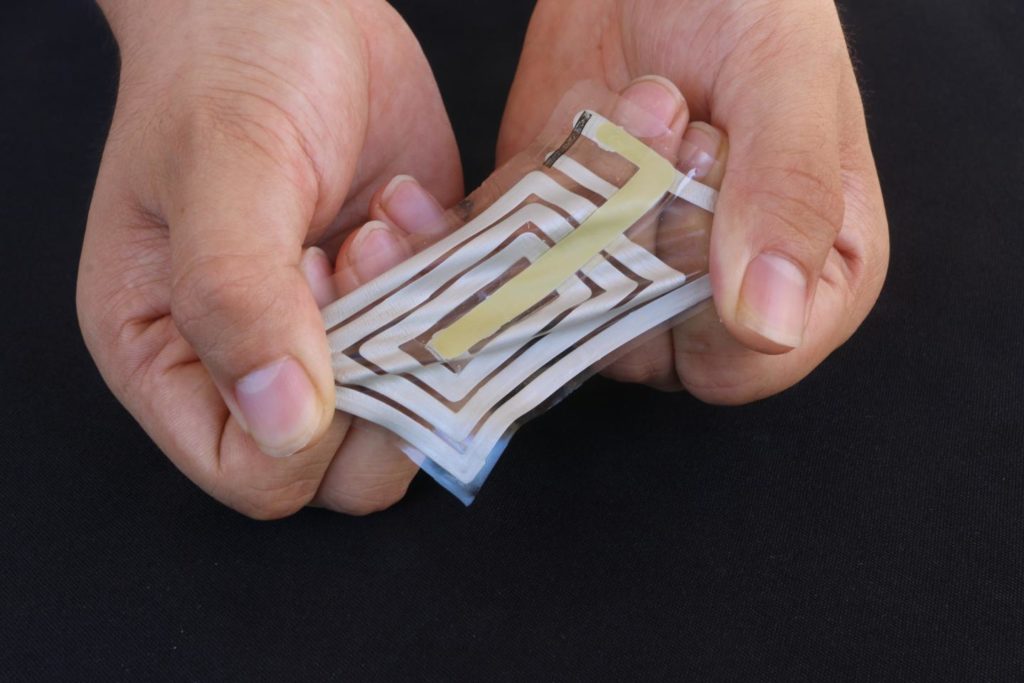
Skin-hugging sensors track health indicators and use a novel type of RFID to beam signals to receive

The periodic table has been a vital foundational tool for material research since it was first created 150 years ago. Now, Martin Rahm from Chalmers University of Technology presents a new article which adds an entirely new dimension to the…
Soft robots have a distinct advantage over their rigid forebears: they can adapt to complex environments, handle fragile objects and interact safely with humans. Made from silicone, rubber or other stretchable polymers, they are ideal for use in rehabilitation exoskeletons…
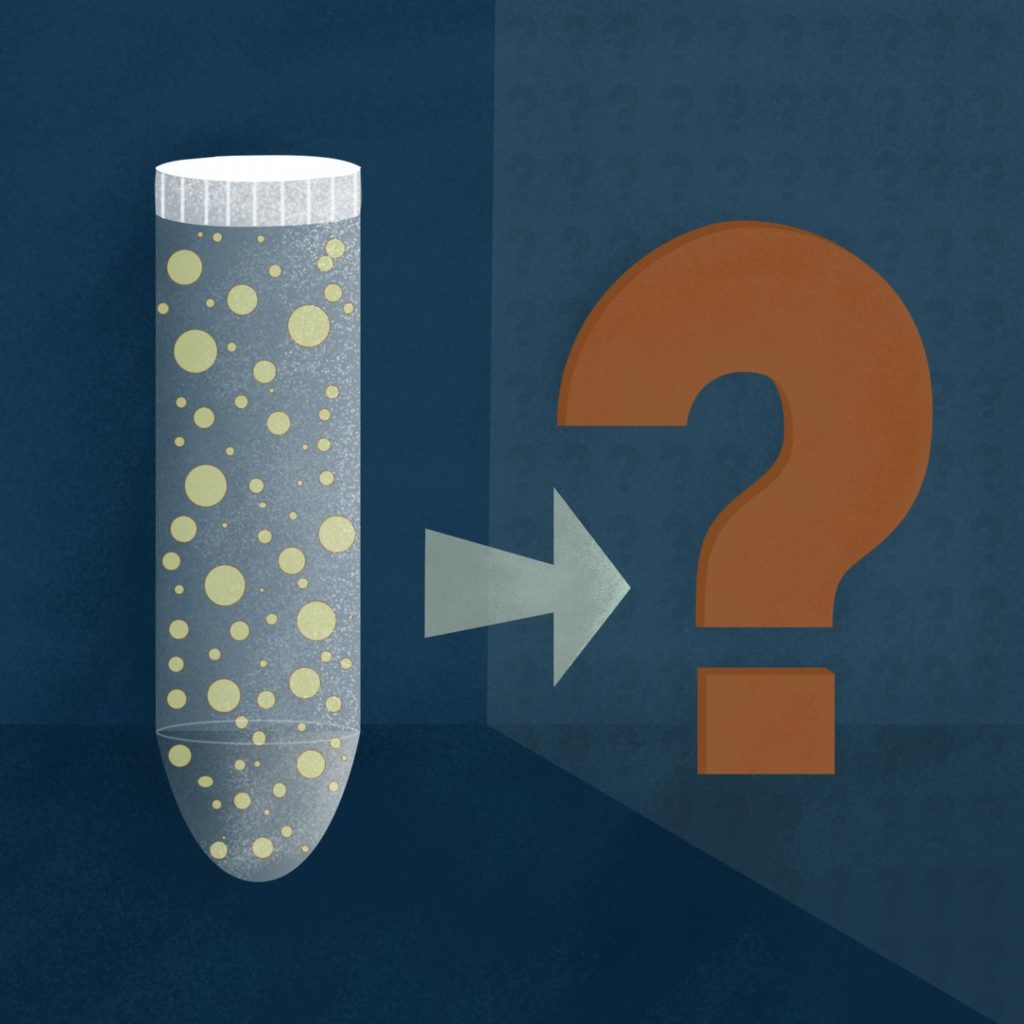
Tiny nanoparticles play a gargantuan role in modern life, even if most consumers are unaware of their presence. They provide essential ingredients in sunscreen lotions, prevent athlete’s foot fungus in socks, and fight microbes on bandages. They enhance the colors…
Therapeutic virtual reality can be used to reduce severe pain in hospitalized patients, according to a study published August 14, 2019 in the open-access journal PLOS ONE by Brennan Spiegel of Cedars-Sinai Health System, USA, and colleagues. Therapeutic virtual reality…
